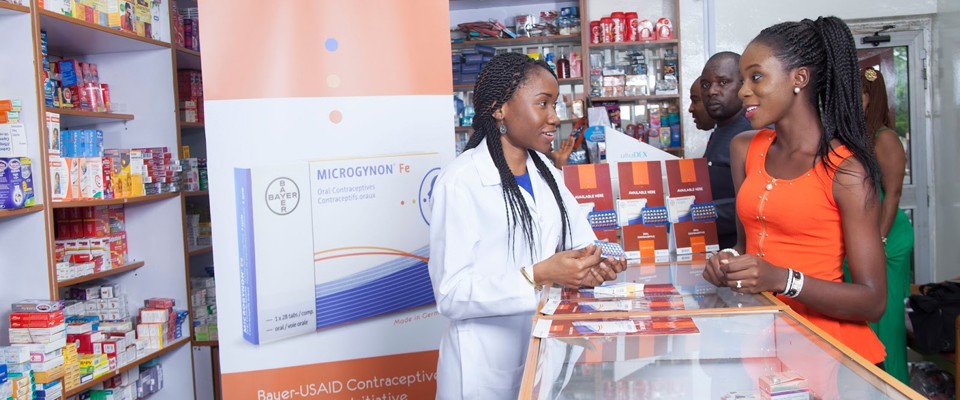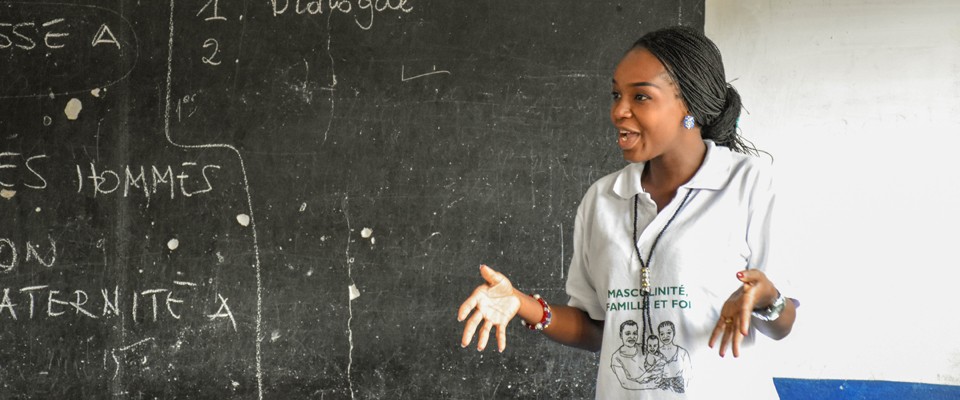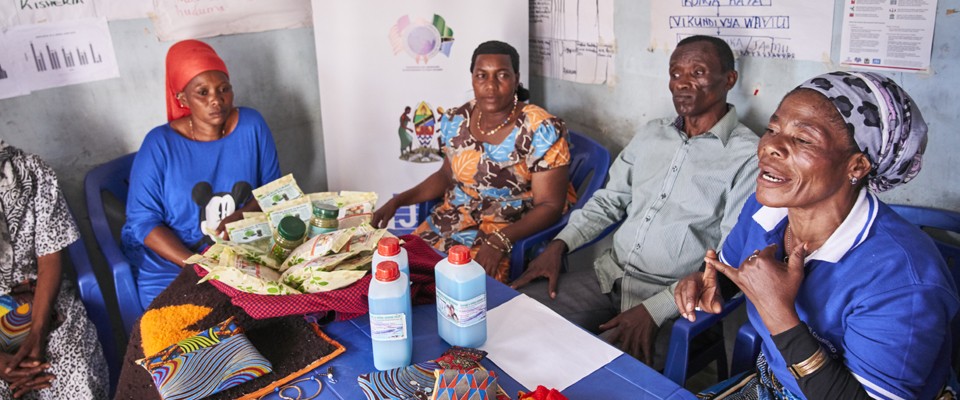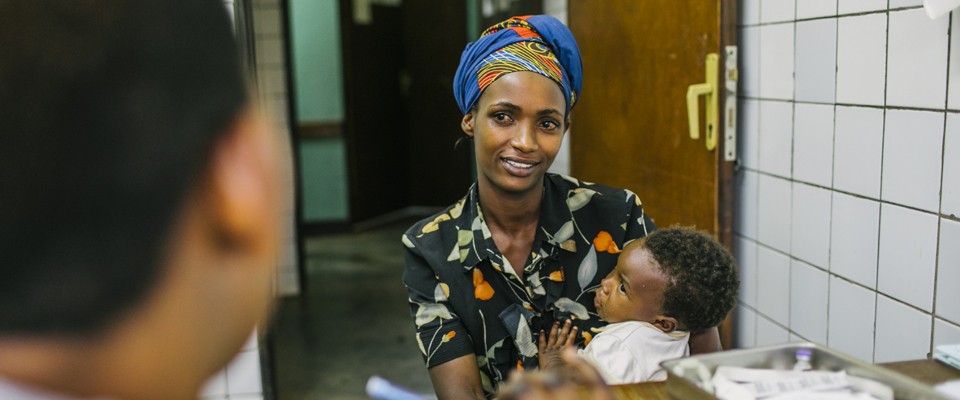- What We Do
- Agriculture and Food Security
- Democracy, Human Rights and Governance
- Economic Growth and Trade
- Education
- Environment and Global Climate Change
- Gender Equality and Women's Empowerment
- Global Health
- Humanitarian Assistance
- Transformation at USAID
- Water and Sanitation
- Working in Crises and Conflict
- U.S. Global Development Lab
-
Learn More
USAID's family planning programs engage the private sector to accelerate progress on the Journey to Self-Reliance.
-
Learn More
“Gender Champions” share their journeys to transform gender norms in faith communities
-
Learn More
Generating response from the grassroots
-
Learn More
In Malawi, citizens find solutions to improve midwifery and maternity care
Speeches Shim
The U.S. Agency for International Development (USAID) advances and supports voluntary family planning and reproductive health programs in nearly 40 countries across the globe. Greater access to family planning information and services can help:
Benefits of Family Planning
![]() Protects women's and children's health by reducing high-risk pregnancies and allowing sufficient time between pregnancies
Protects women's and children's health by reducing high-risk pregnancies and allowing sufficient time between pregnancies
![]() Reduces HIV and AIDS through the prevention of new HIV infections and mother-to-child transmission via increased access to voluntary family planning information, services and commodities, including condoms
Reduces HIV and AIDS through the prevention of new HIV infections and mother-to-child transmission via increased access to voluntary family planning information, services and commodities, including condoms
![]() Decreases abortion
Decreases abortion
![]() Advances individuals' rights to decide their own family size
Advances individuals' rights to decide their own family size
![]() Improves women's opportunities for education, employment and full participation in society
Improves women's opportunities for education, employment and full participation in society
![]() Reduces poverty by contributing to economic growth at the family, community and national levels
Reduces poverty by contributing to economic growth at the family, community and national levels
![]() Mitigates the impact of population dynamics on natural resources and state stability
Mitigates the impact of population dynamics on natural resources and state stability
Almost 923 million women worldwide wish to avoid or delay pregnancy, and about three-quarters of these women are currently using a modern contraceptive method. Yet, more than 218 million women still have an unmet need for family planning.
When a woman has children too closely together, too early or too late in life, the health of the mother and baby are at risk. Enabling couples and individuals to determine whether, when and how often to have children is vital to safe motherhood, healthy families and prosperous communities.
Our Work
As the world's largest family planning bilateral donor, USAID is committed to helping countries meet the family planning and reproductive health needs of their people. USAID supports Family Planning 2020's goal to reach 120 million more women and girls in the world's poorest countries with access to voluntary family planning information, contraceptives, and services by 2020.
When USAID launched its family planning program in 1965, fewer than 10 percent of women in the developing world (excluding China) were using a modern contraceptive method, and the average family size was over six. Today, in the 31 countries where USAID focuses its support, modern contraceptive prevalence has increased to 32 percent, and the average family size has dropped to 4.2. USAID's work in reproductive health also focuses on ending child marriage, female genital mutilation/cutting, gender-based violence and more.
Follow USAID's work in family planning through an interactive timeline marking some of our major milestones over the past 50 years.
Our Impact
- Fact Sheet: USAID Family Planning and Reproductive Health Program Overview
- PRH Office Director Ellen Starbird: FP as A Cross-Cutting Solution in International Development
- PRH Success Stories
- Acting on the Call 2019
- Investing in Family Planning: Key to Achieving the Sustainable Development Goals [PDF, 3MB]
- Learn more about how our public private partnerships are supporting the Journey to Self-Reliance and promoting access to voluntary family planning information and services for women and girls around the world
- Join the conversation on social media using #familyplanning
- View our USAID Medium Channel for stories from our implementing partners
- Check out our Instagram to see how USAID promotes and demonstrates democratic values abroad, and advances a free, peaceful, and prosperous world









Comment
Make a general inquiry or suggest an improvement.